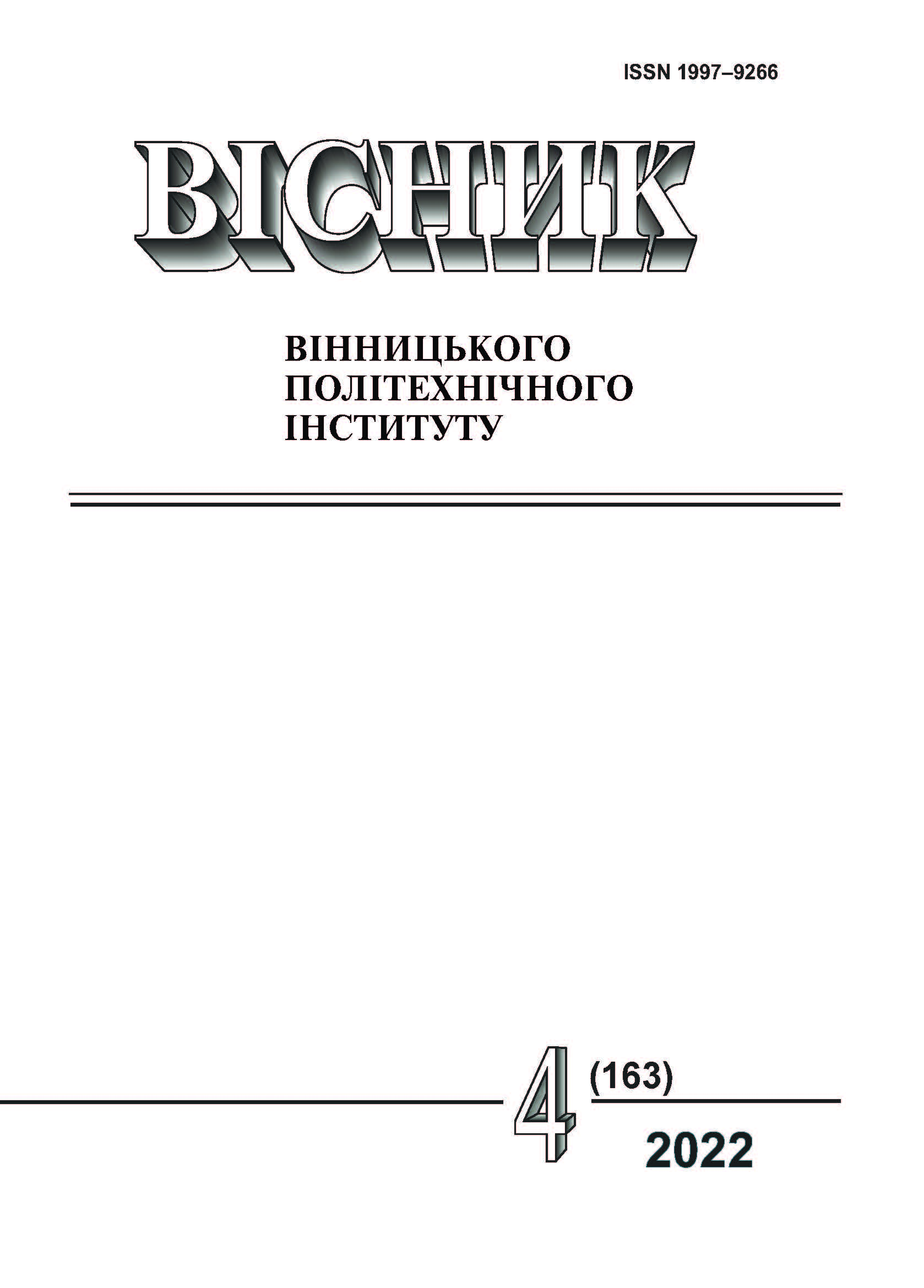An Algorithm of Identification Method of Autoregressive – Moving-Average Model, Generalizing the Yule–Walker Method, and its Implementation on Python
DOI:
https://doi.org/10.31649/1997-9266-2022-163-4-41-55Keywords:
a stationary time series, autoregressive–moving-average model, ARMA, model identification, generalization of the Yule–Walker method, Python implementation of the model identification algorithmAbstract
The paper presents a detailed 11-step algorithm for practical implementation of a new identification method of autoregressive – moving-average model ARMA(nap, nkc) of prediction of stationary time series with arbitrary values of the orders nap, nkc . The new method, published in the previous authors' works, is a generalization of the well-known Yule–Walker method. The algorithm is implemented under the condition, proven by the authors in the previous publications, that the optimal structure of the ARMA(nap, nkc) model is the ARMA(3,3). A feature of this algorithm is that the parameters of the autoregressive component of the ARMA(3,3) model are determined using the fourth, fifth, and sixth autocovariances, which significantly distinguishes it from the traditional algorithm for identifying this class of models using the Yule–Walker method, which uses only autocovariances of the first, second, and third orders. Another feature of the algorithm is a straightforward procedure of determining the parameters of the moving average that does not require renewing the minimizing the residual sum of squares procedure when moving to other orders of the autoregressive and the moving average components, unlike the traditional approaches. The article presents a Python program implementation of the proposed identification algorithm and a demonstration of its effectiveness in solving the problem of identifying the ARMA(3,3) model for a specific time series given by an experimental implementation. The paper also determines the conditions for the experimental implementation of the time series to provide more accurate forecasting compared to the traditional approach.
References
О. Б. Мокін, В. Б. Мокін, і Б. І. Мокін, «Метод ідентифікації моделі авторегресії-ковзного середнього АРКС(р,q) з довільними значеннями порядків р, q, який узагальнює методику Юла-Уокера,» Наукові праці Вінницького національного технічного університету, № 2, с. 1-6, 2014. [Електронний ресурс]. Режим доступу: http://praci.vntu.edu.ua/article/view/3626/5339.
Дж. Бокс, і Г. Дженкинс, «Анализ временных рядов,» Прогноз и управление, вып. 1. М.: Мир, 1974, 408 с.
Дж. Бокс, і Г. Дженкинс, «Анализ временных рядов,» Прогноз и управление, вып. 2. М.: Мир, 1974, 197 с.
О. Б. Мокін, В. Б. Мокін, Б. І. Мокін, і І. О. Чернова, «До питання вибору оптимальної математичної моделі стаціонарного часового ряду,» Вісник Вінницького політехнічного інституту, № 4, с. 7-15, 2018.
Python. [Електронний ресурс]. Режим доступу: https://www.python.org .
П. Г. Доля, Введение в научный Python. Харков: ХНУ им. Каразина, 2016, 265 с.
Downloads
-
PDF (Українська)
Downloads: 140
Published
How to Cite
Issue
Section
License

This work is licensed under a Creative Commons Attribution 4.0 International License.
Authors who publish with this journal agree to the following terms:
- Authors retain copyright and grant the journal right of first publication.
- Authors are able to enter into separate, additional contractual arrangements for the non-exclusive distribution of the journal's published version of the work (e.g., post it to an institutional repository or publish it in a book), with an acknowledgment of its initial publication in this journal.
- Authors are permitted and encouraged to post their work online (e.g., in institutional repositories or on their website) prior to and during the submission process, as it can lead to productive exchanges, as well as earlier and greater citation of published work (See The Effect of Open Access).





